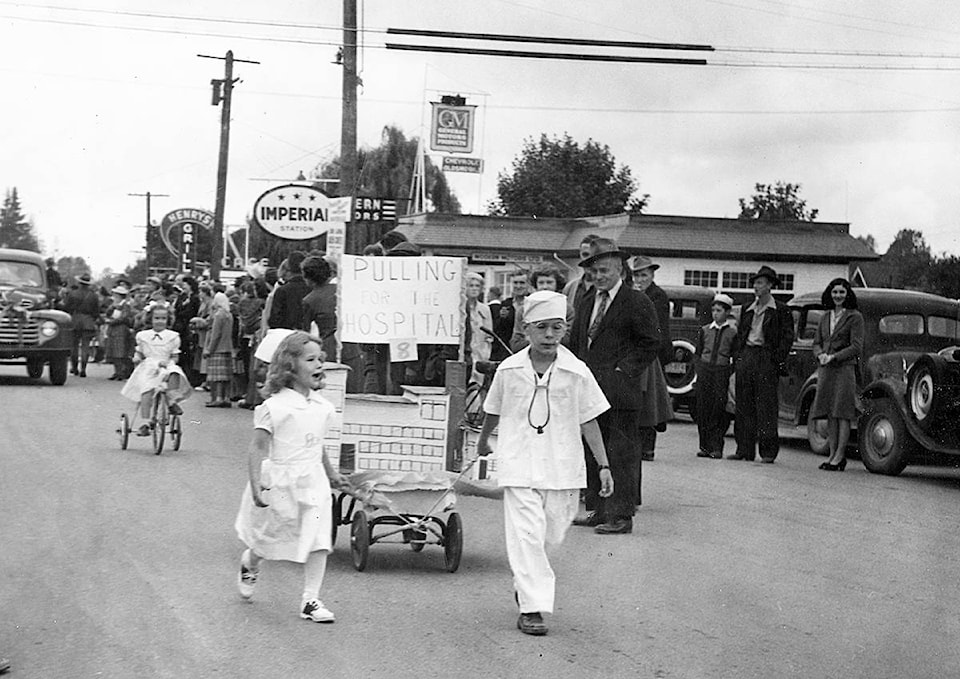This year we celebrate the 60th anniversary of the opening of Ridge Meadows Hospital. We could be celebrating the 90th, or the 70th, if earlier efforts had been successful.
In 1923, Dr. W.B. Burnett gave a talk at the Oddfellows Hall on the need for a small, rural hospital. He cited infant and maternal mortality rates, burdens of travel time, and the absence of alternatives to doctors.
He advised an institution of four or five rooms, modest equipment and a small staff. He also noted that it would likely be the women of the community who found success in establishing such a hospital as that had been the case in other communities.
The idea was discussed for a time, but despite the reasonableness of the proposal, it was soon squashed by naysayers who used the small local population as reason to forgo any further tax burden.
The subject came to life again in early 1947 with the creation of a committee called the “Maple Ridge Hospital Association.”
Obviously, the proposal had resonance, as by late in that year, the association had 1,532 members in a community with just over 4,500 population. Each member paid a $1 membership fee, which was to be used to purchase a building site.
Objections started in December 1947 with a letter to the editor from R.M. Lambert representing the “Committee of Taxpayers,” suggesting the population was too small for the proposed 50-bed hospital and that a more modest start was in order.
On Dec 12, 1947. a Mr. F.S.N. Williams posted a “nay” letter that pointed out the unfair tax burden on farmers and suggested a co-op hospital, where people could be members by subscription and a per capita taxation independent of the amount of land one owned. He also suggested bringing Pitt Meadows into a partnership agreement.
It should be noted that the tax burden on farmers was indeed “unfair” in that residents were taxed according to the amount of land they owned no matter what purpose the land was put to. Therefore, a small town lot with a money-making store on it was taxed at a fraction of the amount of a 20-acre farm.
This factor would be a roadblock to virtually all of our infrastructure development, including schools and a city hall until the law was changed taxing farmland at a lower rate.
The furor against the hospital was so strong that one man – William Pope – threw his hat into the ring for election to council for the sole stated purpose of advocating for defeat of the hospital bylaw that would be on the election ballot.
He did say that if he happened to win, he would serve honourably, but that he didn’t care about winning – he just wanted the election soapbox.
The election saw a 67 per cent turnout which re-elected Sol Mussallem as mayor and defeated the hospital by 1,378 to 919. It was generally seen that the vote was against the proposed cost and not the hospital itself.
However, there was much complaint about ‘dirty tricks’ on the part of the more vocal opponents who arrived at polling places with loud speakers to regale voters with exaggerated reasons to vote against the hospital.
The hospital association board resigned, but was quickly replaced and a new campaign begun, which brought Pitt Meadows into the planning and eventually led to success in 1958.
Val Patenaude is director of the Maple Ridge Museum.
